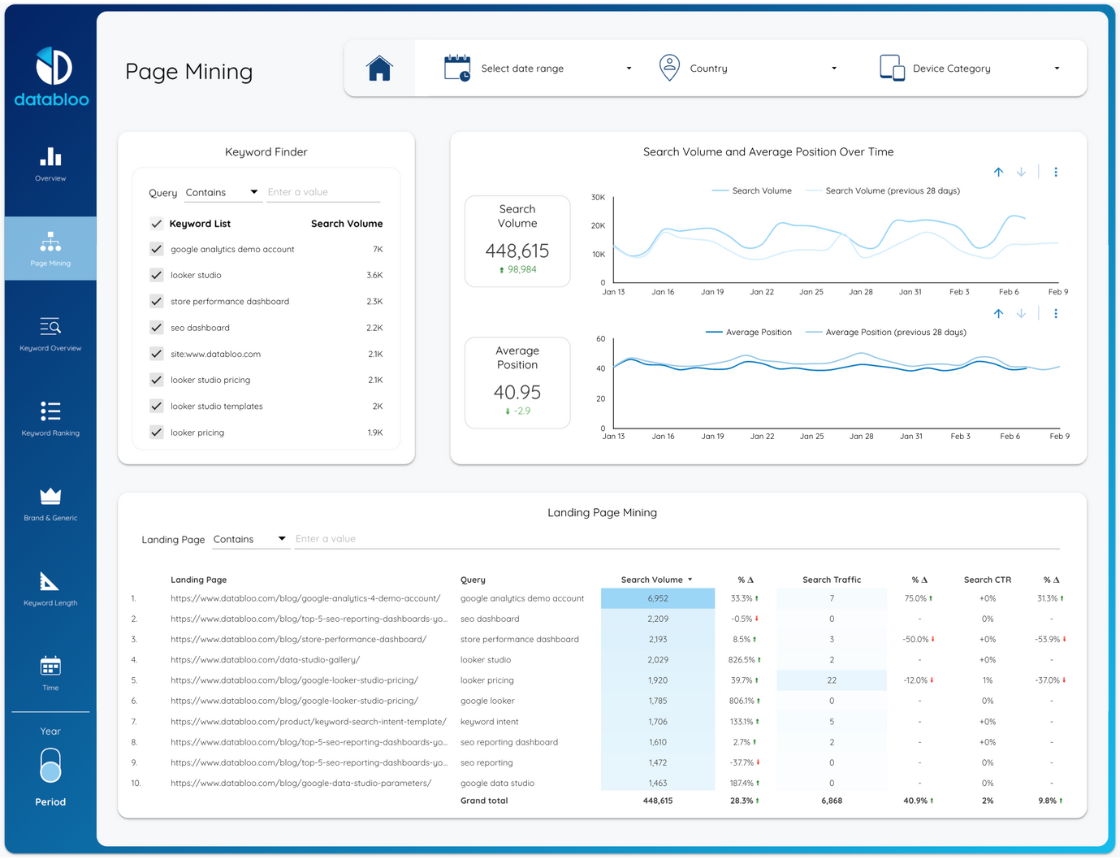Tube Rank: Your Guide to Video Success
Discover tips and insights for optimizing your video presence.
Climbing the Keyword Ladder Without a Safety Net
Unleash your SEO potential! Discover daring strategies to climb the keyword ladder and skyrocket your blog traffic without a safety net.
Top Strategies for Successful Keyword Optimization Without a Safety Net
In the ever-evolving world of SEO, mastering keyword optimization is crucial for driving organic traffic to your blog. One of the top strategies involves conducting thorough keyword research using tools like Google Keyword Planner or SEMrush. This allows you to identify high-volume and low-competition keywords relevant to your niche. Once you've compiled a list of target keywords, implement them organically throughout your content, including headings, URLs, and meta descriptions. Remember, user experience is paramount; therefore, ensure your content remains engaging and informative while seamlessly integrating your keyword strategy.
Another effective strategy for successful keyword optimization is to focus on long-tail keywords. These specific phrases not only cater to search intent but also attract a more targeted audience. To harness their potential, create content that answers common questions or solves problems related to your niche. Additionally, consider utilizing techniques like LSI (Latent Semantic Indexing) keywords, which help search engines better understand the context of your content. By diversifying your keyword usage and maintaining a natural flow, you can optimize your blog without a safety net, ensuring both relevance and quality.

The Risks and Rewards of Climbing the Keyword Ladder: What You Need to Know
Climbing the keyword ladder in SEO is a game of balance between risks and rewards. As you aim for high-volume keywords, the competition becomes increasingly fierce, which can lead to frustration for content creators who might invest time and resources without seeing immediate results. It's essential to understand that while rising to the top of search engine rankings is enticing, the battle for those coveted spots means navigating through frequent algorithm updates and shifting user behaviors. This landscape demands adaptability and a robust strategy that includes targeted long-tail keywords as stepping stones.
However, the potential rewards of successfully climbing the keyword ladder can be substantial. Not only can ranking for high-traffic keywords significantly increase your website's visibility, but it can also drive qualified traffic that is more likely to convert. By strategically analyzing and selecting keywords that align with your audience’s needs, you can foster organic growth and establish your brand as an authority in your niche. Remember, the key is not just to climb but to climb wisely, leveraging data analytics and ongoing optimization to enhance your content's value continuously.
How to Build a Winning Keyword Strategy When You're on Your Own
Building a winning keyword strategy when you're on your own requires a blend of research and creativity. Start by brainstorming a list of topics that align with your blog's niche. Once you have an initial list, use keyword research tools to uncover potential keywords that resonate with your target audience. Look for phrases with a balance of search volume and competition; these will give you the best chance to rank in search engine results.
Next, create a structured approach to organize your keywords. One effective method is to categorize them into themes or topics that make sense for your content. You can use bullet points or an ordered list to prioritize the keywords based on their relevance and potential traffic. Consistently integrating these keywords into your content, headers, and metadata will enhance your SEO efforts, making it easier for potential readers to discover your blog.